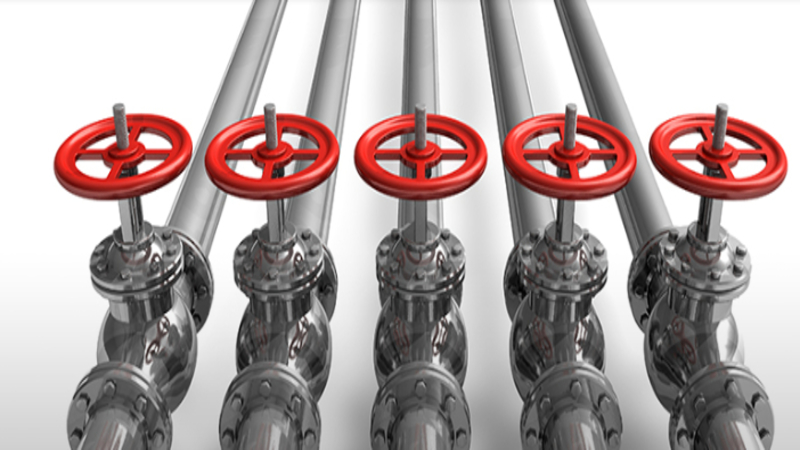In areas where there are relatively low levels of radiation, such as in medical offices and dental offices, the thick, heavy types of lead shielding may not be required. However, shielding to the specific guidelines for all safety and building code requirements will always need to be maintained, which allows for options for durable, practical, and safe radiation shielding options.
One option to consider that can provide an exceptional level of radiation protection combined with the building material needed for the room is lead lined gypsum board. This provides the option to have the radiation shielding combined with the material used on the walls and the ceiling, limiting the additional work of applying the lead sheets and then the wall surfaces over the top. In fact, it forms the same function as traditional drywall and can be used in any similar type of construction process.
The Options
When choosing lead-lined gypsum board as radiation shielding for any application, it is important to ensure that it is type x-ray shielded gypsum board and that it meets ASTM C 1396 standards and classification. This includes the requirement for the gypsum used to meet fire code standards.
There are different sizes of gypsum board that offers the lead lining. These include the standard 4 feet by 8, 9, 10 and 12 feet. The thickness of the lead radiation shielding in the board will also vary based on the shielding requirements. Standard sizes include 11/32, 3/64, 1/16, 5/65, 3/32 and 1/8 inches. Some manufacturers of this specialized product can also make custom sizes and thicknesses to meet any application requirements.
This type of shielding product uses a single piece of unpaired sheet lead that offers a one-inch lip on the back. This allows for full coverage on joints, creating a complete shielding layer for any size of room.



